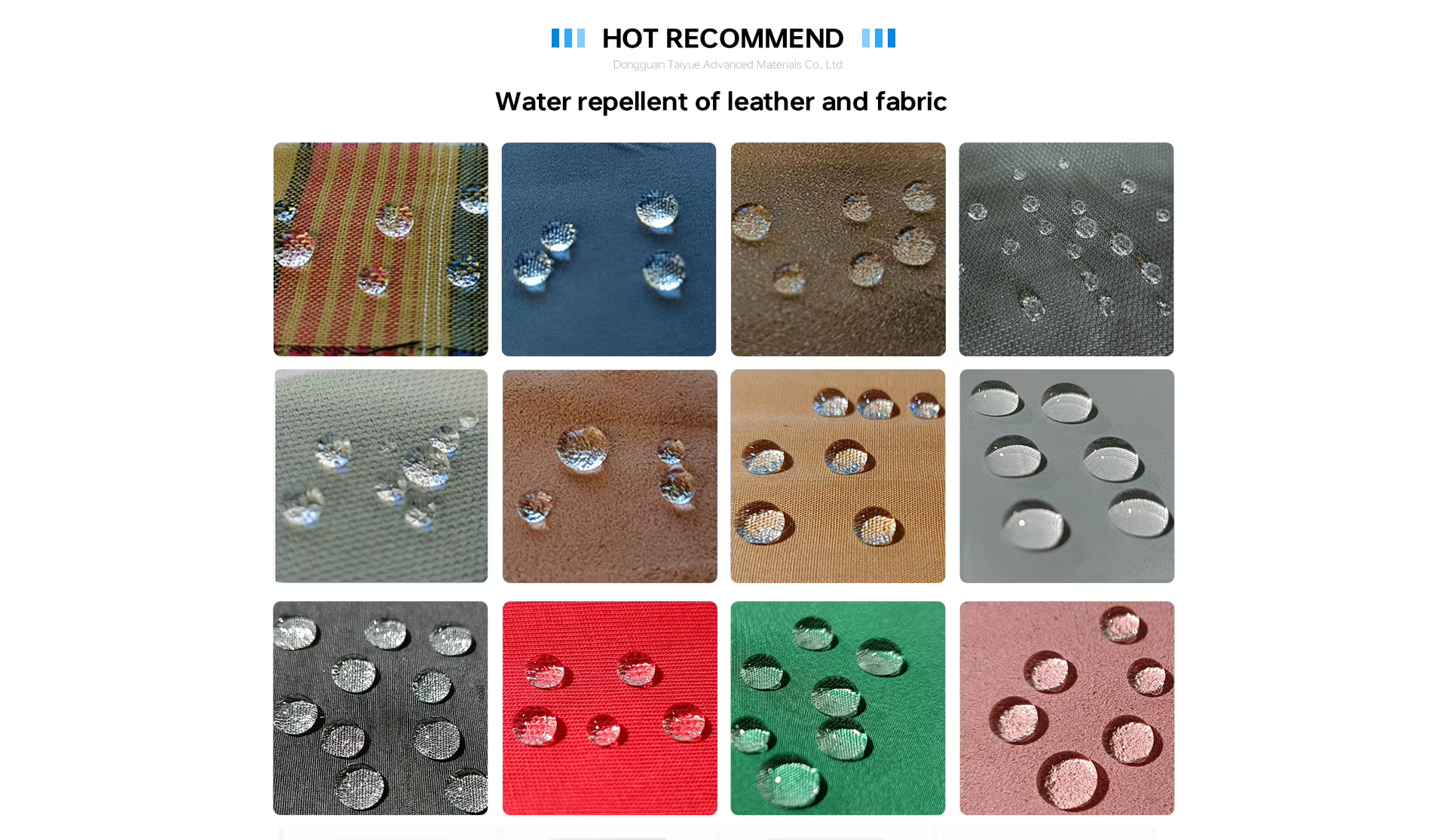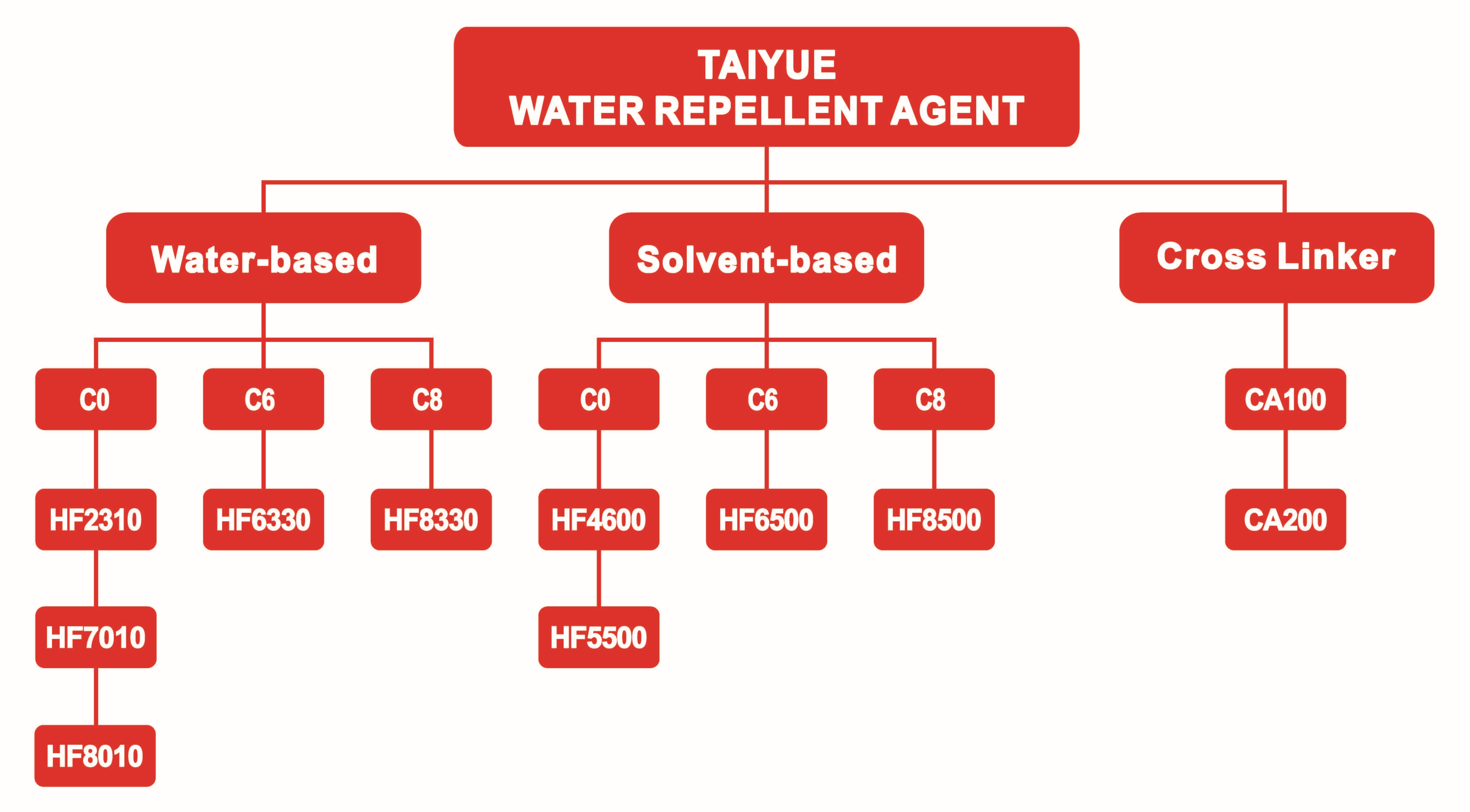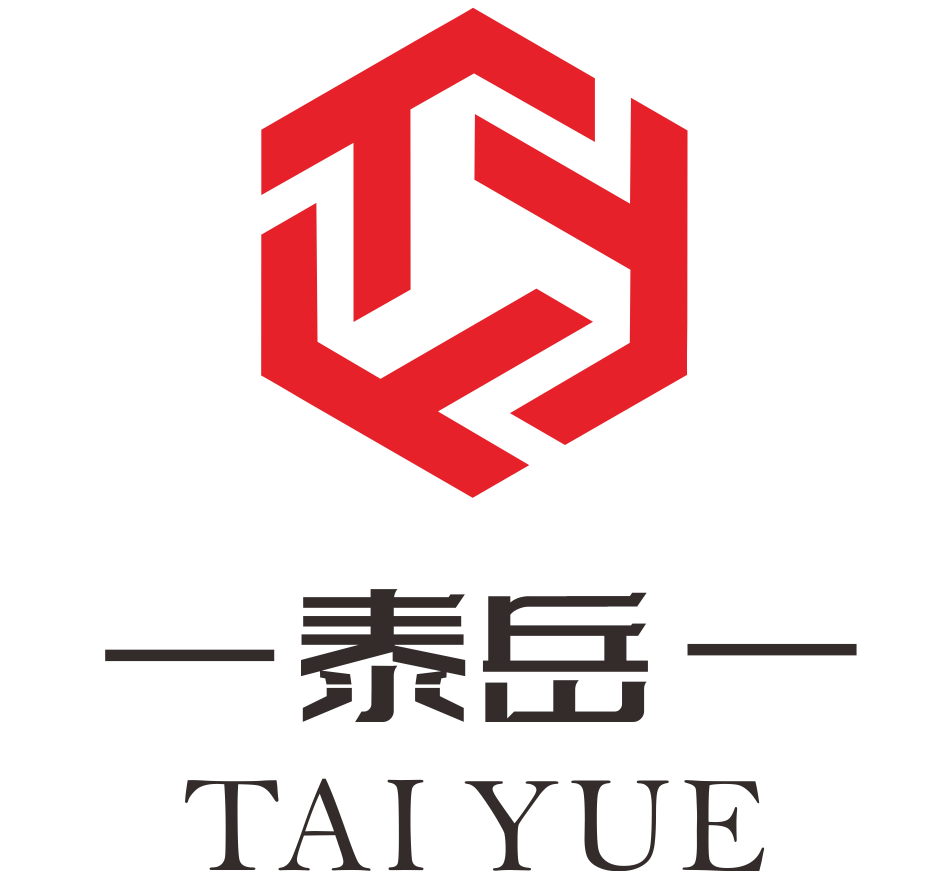What are the differences between C8, C6 and Non-Fluorinated C0 Water Repellent for the fabrics?
Release time:
2025/03/10
C0, C6, and C8 Water Repellents: Which One is Best for Your Fabric?
 The analysis of C8, C6, and non-fluorinated water repellents reveals distinct trade-offs across performance, environmental impact, and practical application. Here’s a structured summary:
The analysis of C8, C6, and non-fluorinated water repellents reveals distinct trade-offs across performance, environmental impact, and practical application. Here’s a structured summary:
1. Performance Effectiveness
C8 Fluorinated: Superior in waterproofing and oil-proofing (highest performance).
C6 Fluorinated: Moderate performance, effective for both waterproofing and oil-proofing.
Non-Fluorinated: Only provides waterproofing (no oil resistance) and is least effective.
Order: C8 > C6 > Non-Fluorinated.
2. Environmental Compliance
C8: Banned due to PFOA/PFOS exceeding limits (≥1μg/m²).
C6: Compliant with regulations; PFOA/PFOS levels undetectable (<1μg/m²).
Non-Fluorinated: Most eco-friendly (no fluorochemicals).
Order: Non-Fluorinated > C6 > C8.
3. Sensitivity to Fabric Impurities
Non-Fluorinated: Most sensitive; impurities severely reduce effectiveness.
C6: Moderately sensitive.
C8: Least affected by impurities.
Order: Non-Fluorinated > C6 > C8.
4. Usage Quantity for Equivalent Effect
C8: Requires the least amount.
C6: Moderate usage.
Non-Fluorinated: Needs the highest quantity.
Order: C8 < C6 < Non-Fluorinated.
5. Process Requirements
All three require similar baking processes for cross-linking; no significant differences.
Key Considerations for Selection
Regulatory Compliance:
C8 is prohibited; choose between C6 and non-fluorinated.
Functional Needs:
Oil-proofing required: C6 is the only compliant fluorinated option.
Waterproofing only: Non-fluorinated is viable but less durable.
Fabric Quality:
High impurities: Avoid non-fluorinated (use C6).
Clean fabrics: Non-fluorinated may suffice if oil resistance isn’t needed.
Cost and Efficiency:
Non-fluorinated may incur higher costs due to larger quantities needed.
C6 balances performance, compliance, and moderate usage.
Conclusion
Textile enterprises should prioritize based on:
Environmental mandates (avoid C8).
Performance requirements (oil resistance → C6).
Fabric purity (impurities favor C6).
Budget (non-fluorinated may cost more in bulk).
C6 emerges as the optimal middle ground for most scenarios, offering compliance, dual functionality, and reasonable sensitivity. Non-fluorinated suits eco-focused applications where waterproofing alone suffices and fabric quality is controlled.

GET IN TOUCH

0086-769-83735717

0086-18998097707

info@taiyueam.com

No.3 Tianzi Road, Hengli Town,
Dongguan City,
Guangdong Province,
China. 523468




CONTACT US
Browse Alphabetically:
Product Listing Policy -Intelectual Property Protection -Privacy Policy -Terms of Use -User information Leoal Enauiry Guide -Interity Compliance

Copyright © 2024 Dongguan TAIYUE Advanced Materials Co., Ltd. All Rights Reserved.




